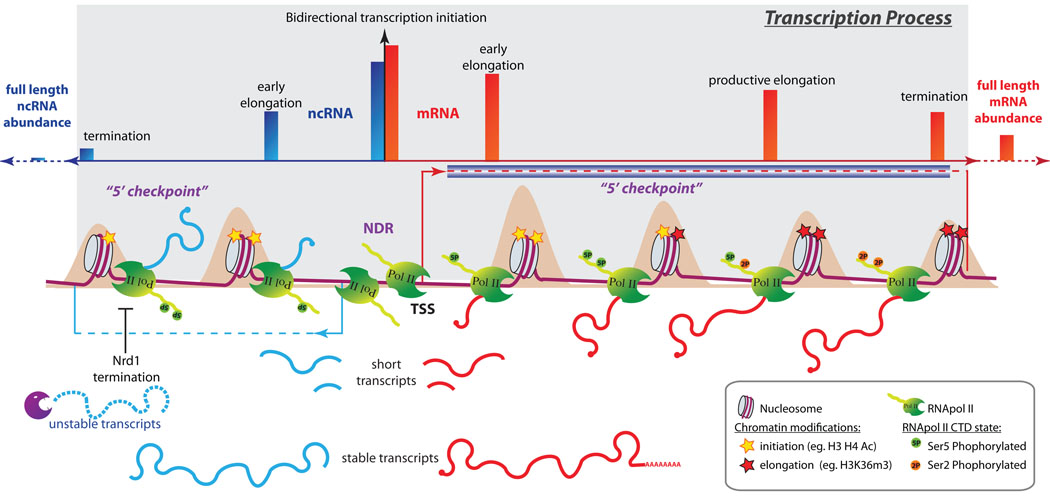Figure 2. Model for bidirectional transcription.
Bidirectional transcription of an mRNA (on the right in red) and a ncRNA (on the left in blue) is depicted as an example. The dark blue box represents the protein-coding region. Transcription starts bidirectionally from the nucleosome-depleted region (NDR). Nucleosome density is represented by a beige pattern behind the genomic regions. Only a portion of the RNA polymerase II that assembles at the promoter will enter into early elongation. This entry is characterized by Ser5 phosphorylation of the polymerase CTD and chromatin modifications specific to transcription initiation and early elongation. Before transcribing further, the polymerase passes a “5’ checkpoint” where it pauses, terminates, or commits to productive elongation. If the polymerase does not proceed through this checkpoint, transcription will be terminated through the Nrd1 pathway, producing an unstable transcript. If the polymerase proceeds through the checkpoint, it will enter into productive elongation that is associated with characteristic chromatin modifications and CTD phosphorylation. Once RNA polymerase II has terminated transcription, final transcript abundance is determined by transcript stability. Bidirectional transcription is regulated at multiple steps following transcription initiation. The number of RNA polymerase II molecules that pass each of these steps, represented by red (sense) and blue (antisense) bars in the upper panel, decreases as they move further away from the promoter. All of these regulatory steps are differentially controlled for both orientations.

